【ベストコレクション】 anticoagulant 590171-Anticoagulantes naturales
Description Anticoagulants decrease the clotting ability of the blood and therefore help to prevent harmful clots from forming in the blood vessels These medicines are sometimes called blood thinners, although they do not actually thin the bloodAnticoagulant medicines are a group of medicines that inhibit blood clotting, helping to prevent blood clots Blood clots can cause heart attacks and strokes Anticoagulant medicines can be used with a number of diseases when there is an increased risk of blood clots Common anticoagulant medicines include Coumadin ®, Jantoven ® (warfarin)Any tube containing an alternate anticoagulant should be collected after the bluetop tube Gelbarrier tubes and serum tubes with clot initiators should also be collected after the citrate tubes Centrifuge for 10 minutes and carefully remove 2 / 3 of the plasma using a plastic transfer pipette, being careful not to disturb the cells Deliver

Self Regulated Hirudin Delivery For Anticoagulant Therapy Science Advances
Anticoagulantes naturales
Anticoagulantes naturales-Mar 11, 21 (Market Insight Reports) Selbyville, Delaware Market Study Report LLC adds new research on Anticoagulant Reversal Drugs Market Size, which isApex"Anticoagulant" Bracelet 32 out of 5 stars 11 $769 $ 7 69 ($769/Count) Get it as soon as Tue, Feb 23 FREE Shipping on orders over $25 shipped by Amazon Only 2 left in stock order soon FSA or HSA eligible



Mode Of Action Of Anticoagulants Download Scientific Diagram
Anticoagulant and Antiplatelet Drugs Medically reviewed by Aleah Rodriguez, PharmD Anticoagulants and antiplatelet drugs are a type of medication that is used to eliminate or reduce the risk ofAnticoagulant and Antiplatelet Drugs Medically reviewed by Aleah Rodriguez, PharmD Anticoagulants and antiplatelet drugs are a type of medication that is used to eliminate or reduce the risk ofAnticoagulant or antiplatelet therapy should not be used to prevent arterial thrombosis outside of the usual standard of care for patients without COVID19 (AIII) There are currently insufficient data to recommend either for or against the use of thrombolytics or higher than the prophylactic dose of anticoagulation for VTE prophylaxis in
However, anticoagulant activities of curcumin have not been studied Here, the anticoagulant properties of curcumin and its derivative (bisdemethoxycurcumin, BDMC) were determined by monitoring activated partial thromboplastin time (aPTT), prothrombin time (PT) as well as cellbased thrombin and activated factor X (FXa) generation activities(* Some medications are commonly called blood thinners because they can help reduce a blood clot from forming There are three main types of blood thinners that patients commonly take anticoagulants like warfarin or heparin, antiplatelet drugs like aspirin, and fibrinolytics like tPA (tissue plasminogen activator)Description Anticoagulants decrease the clotting ability of the blood and therefore help to prevent harmful clots from forming in the blood vessels These medicines are sometimes called blood thinners, although they do not actually thin the blood
Because of UFH's unpredictable anticoagulant effect • PLASMA ACTIVITY Peaks 2–3 hours after parenteral administration • PROTOCOLS FOR MONITORING Include testing every 6 hours to maintain an aPTT range of 15– 25 times normal Thus, UFH is administered only on an inpatient basisAn anticoagulant is a drug (blood thinner) that treats, prevents, and reduces the risk of blood clotsbreaking off and traveling to vital organs of the body, which can lead to life threatening situations They work by preventing blood from coagulating to form a clot in the vital organs such as the heart, lungs, and brainApex"Anticoagulant" Bracelet 32 out of 5 stars 11 $769 $ 7 69 ($769/Count) Get it as soon as Tue, Feb 23 FREE Shipping on orders over $25 shipped by Amazon Only 2 left in stock order soon FSA or HSA eligible



Anticoagulation Updated Guidelines For Outpatient Management American Family Physician



Direct Oral Anticoagulant Drugs Emergency Department Management
Patient Teaching Guide for Patients on Anticoagulant Medicines Your doctor has ordered an anticoagulant medicine for you called These medicines are sometimes called blood thinners They do not really "thin" the blood, but they do cause it to clot more slowly This prevents harmful clots from forming in your arteries and veinsAnticoagulant effects are delayed for five days after changes to dosing, including therapy initiation, because of the variable halflives of previously formed circulating clotting factors4Anticoagulant medications, which include warfarin, heparin, lowmolecular weight heparin, and direct oral anticoagulants, are one of four medication classes commonly identified as a cause of ADEs Identification of common, preventable, and measurable healthcareassociated anticoagulant ADEs is a key component of quality improvement
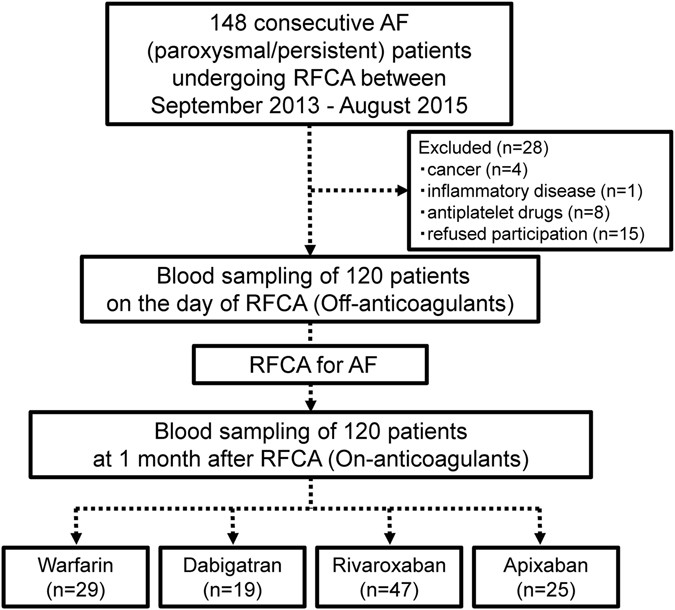


Direct Oral Anticoagulants Form Thrombus Different From Warfarin In A Microchip Flow Chamber System Scientific Reports



Blood Clots Series How Do You Choose An Anticoagulant For Stroke Prevention In Atrial Fibrillation Canadiem
Anticoagulants are used to treat and prevent blood clots that may occur in your blood vessels Warfarin is the most commonly used anticoagulantHEPARIN is an anticoagulant It is used to treat or prevent clots in the veins, arteries, lungs, or heart It stops clots from forming or getting bigger This medicine prevents clotting during openheart surgery, dialysis, or in patients who are confined to bedMany foods have an anticoagulant property that reduces blood clotting This may be beneficial for some individuals and doctors might recommend eating these foods in such circumstances Similarly, individuals who are taking blood thinning medications, such as Warfarin, are advised by doctors to avoid these foods with anticoagulant properties
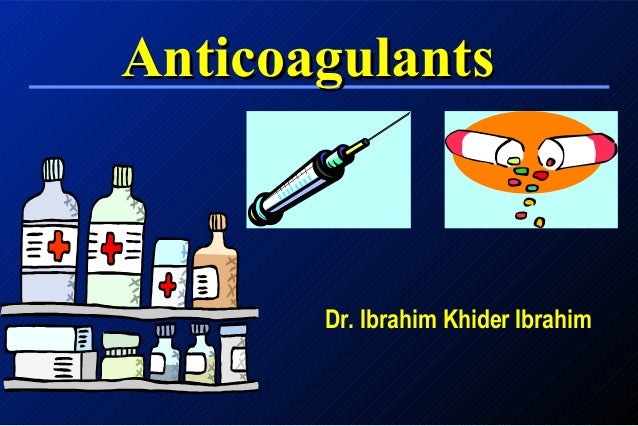


Anticoagulant Therapy
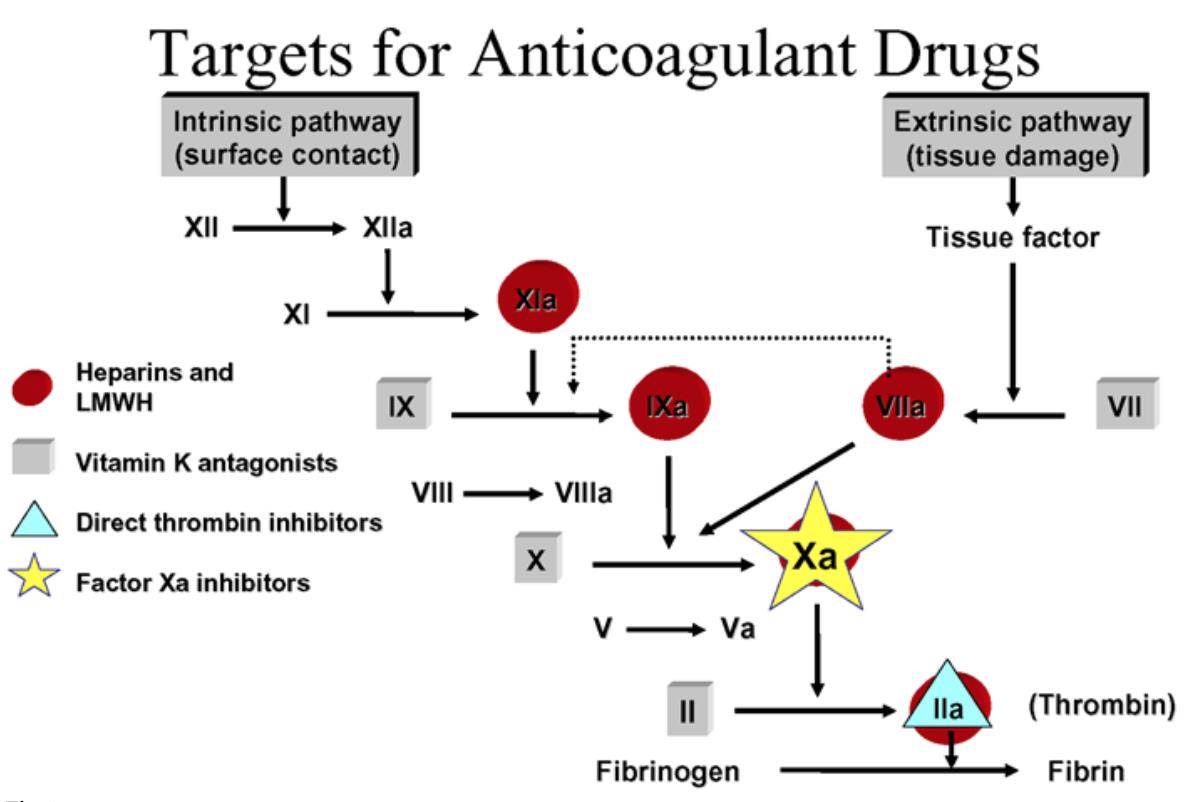


Anticoagulation Medications Basic Science Orthobullets
However, anticoagulant activities of curcumin have not been studied Here, the anticoagulant properties of curcumin and its derivative (bisdemethoxycurcumin, BDMC) were determined by monitoring activated partial thromboplastin time (aPTT), prothrombin time (PT) as well as cellbased thrombin and activated factor X (FXa) generation activitiesThis website contains UW Medicine recommendations, guidelines and protocols for the treatment and prevention of venous and arterial thrombosis, and the clinical use of antithrombotic agents in ambulatory and inpatient settings UW Medicine Anticoagulation Services is operated by the UW Medicine Department of Pharmacy, and collaborates with multidisciplinary specialties and providers across UWANTICOAGULANT, THROMBOLYTIC, and ANTIPLATELET DRUGS Katzung (9th ed) Chapter 34 **** THIS VERSION HAS BEEN CHANGED COMPARED TO THE ONE MADE AVAILABLE ON WEDNESDAY APRIL 26 (sorry!) **** CRITICAL FACTS (if med school is a Minnesota forest with millions of trees, these are the red pines) 1 These drugs are used to treat strokes, myocardial



Clinical Use And Laboratory Testing Of Oral Anticoagulation Therapy Experience From Finland Helin Annals Of Blood



Position Statement On The Use Of Antiplatelet Agents And Anticoagulants In Patients Infected With The New Coronavirus Covid 19
Anticoagulant and antiplatelet drugs are blood thinners They reduce risk of heart attacks and help keep blood clots from forming Learn moreThe anticoagulant effect of apixaban can be expected to persist for at least 24 hours after the last dose (ie, about two halflives) An agent to reverse the antifactor Xa activity of apixaban is available Please visit wwwandexxacom for more information on availability of a reversal agentAnticoagulant therapy the therapeutic use of anticoagulants to discourage formation of blood clots within a blood vessel Its main purpose is preventive;



Anticoagulant Drugs Cheat Sheet Medical Estudy



Advantages And Disadvantages Of Novel Oral Anticoagulants Daic
Anticoagulant medications, which include warfarin, heparin, lowmolecular weight heparin, and direct oral anticoagulants, are one of four medication classes commonly identified as a cause of ADEs Identification of common, preventable, and measurable healthcareassociated anticoagulant ADEs is a key component of quality improvementAny tube containing an alternate anticoagulant should be collected after the bluetop tube Gelbarrier tubes and serum tubes with clot initiators should also be collected after the citrate tubes Centrifuge for 10 minutes and carefully remove 2 / 3 of the plasma using a plastic transfer pipette, being careful not to disturb the cells DeliverAnticoagulants and antiplatelet drugs are a type of medication that is used to eliminate or reduce the risk of blood clots by helping prevent or break up clots in your blood vessels or heart They
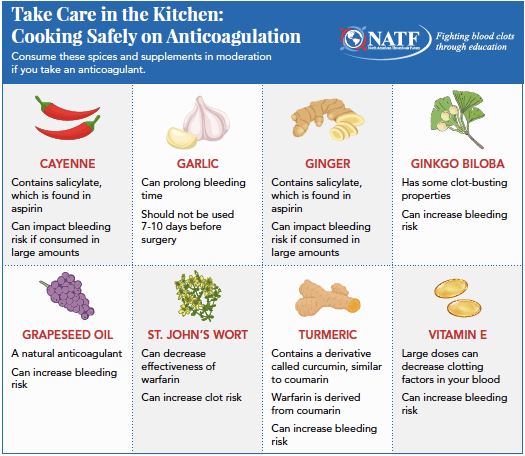


Food For Thought Vitamins Diet And Anticoagulation



Pdf Perioperative Anticoagulation Management In Patients Who Are Receiving Oral Anticoagulant Therapy A Practical Guide For Clinicians Semantic Scholar
Oral anticoagulant therapy is recommended for all patients with native valvular heart disease and atrial fibrillation17 Choice of oral anticoagulant is limited to warfarin, as clinical trials for direct oral anticoagulants (DOACs) in valvular heart disease have not been undertakenAnticoagulant Anticoagulation therapy is the cornerstone of VTE treatment and should be initiated immediately with parenteral anticoagulants such as heparin, lowmolecularweight heparin (LMWH), or fondaparinux, even while patients with suspected VTE are awaiting results of confirmatory tests19Unfortunately, no universal anticoagulant that could be used for evaluation of several laboratory parameters in a sample from a single test tube is available so far Ethylenediamine tetraacetic acid (EDTA) is a polyprotic acid containing four carboxylic acid groups and two amine groups with lonepair electrons that chelate calcium and several



Anticoagulation



Anticoagulation Strategies In Patients With Cancer Jacc Review Topic Of The Week Sciencedirect
Either way, the anticoagulant cheat sheet is the cure for what ails you This is easily our most comprehensive cheat sheet to date It covers basically everything you need to know about anticoagulants and antiplatelet medications You'll get common dosing (by indication), dosage adjustments for renal and hepatic failure, drug interactionsAnticoagulant therapy may be necessary if a person has atherosclerosis, which is the narrowing of arteries There are a number of different ways that an anticoagulant may work to keep blood from clotting Some of the bestknown ones like warfarin (Coumadin®) inhibit Vitamin K's action and are called coumarinesAn anticoagulant is a medicine that helps to prevent clots from forming in your blood This type of medicine is often taken as a pill, but it is sometimes given as an injection (shot) Anticoagulant medicines such as heparin, enoxaparin (Lovenox), or fondaparinux (Arixtra), might take the place of anticoagulant pills or be added to them



Anticoagulant Part 01 Introduction And Classification Of Anticoagulant Drugs Hindi Youtube
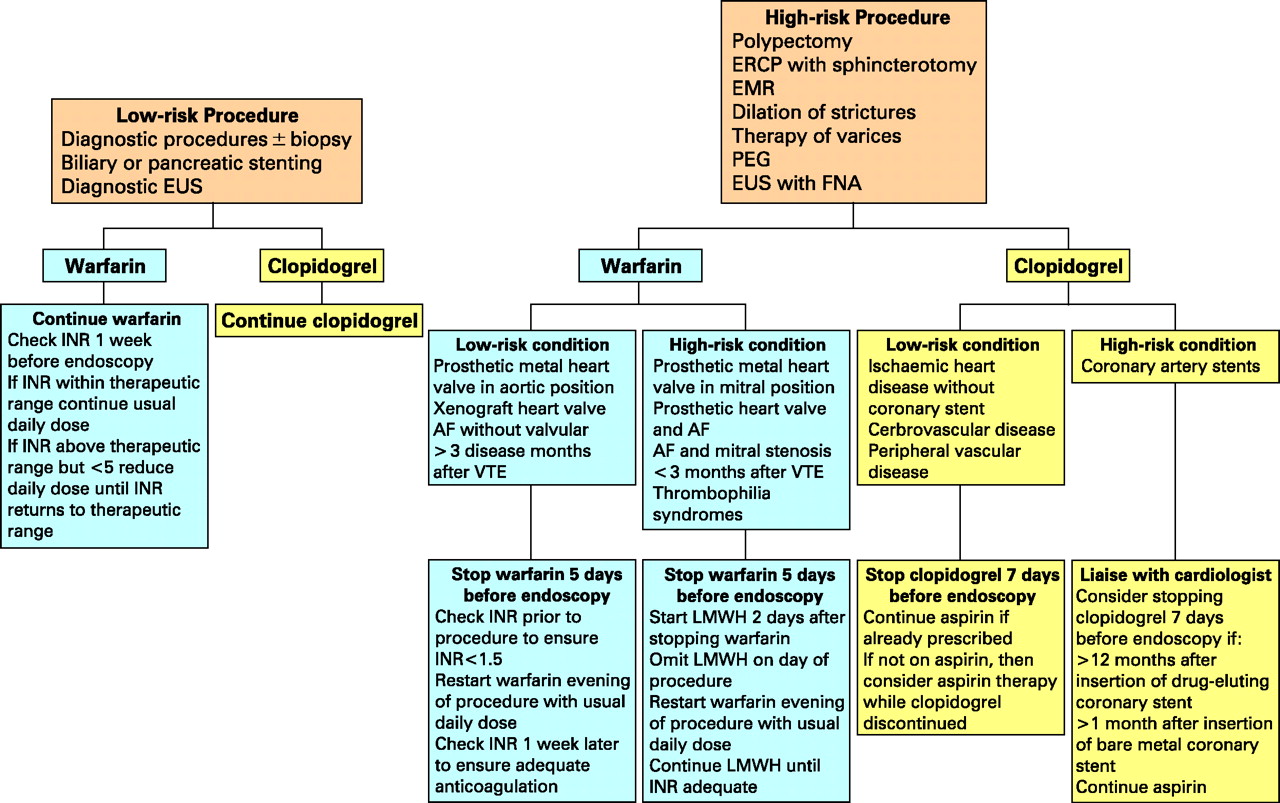


Guidelines For The Management Of Anticoagulant And Antiplatelet Therapy In Patients Undergoing Endoscopic Procedures Gut
Anticoagulants, also known as blood thinners, help stop your blood from thickening, or clotting, when it's not necessary Find out more about the different types of anticoagulantsIt is the anticoagulant used in fluoride oxalate tubes used to determine glucose and lactate levels Dental considerations for longterm users Dental practitioners play an important role in the early detection of anticoagulant overdose through oral manifestations as the patient doesn't show any symptomsUnfortunately, no universal anticoagulant that could be used for evaluation of several laboratory parameters in a sample from a single test tube is available so far Ethylenediamine tetraacetic acid (EDTA) is a polyprotic acid containing four carboxylic acid groups and two amine groups with lonepair electrons that chelate calcium and several
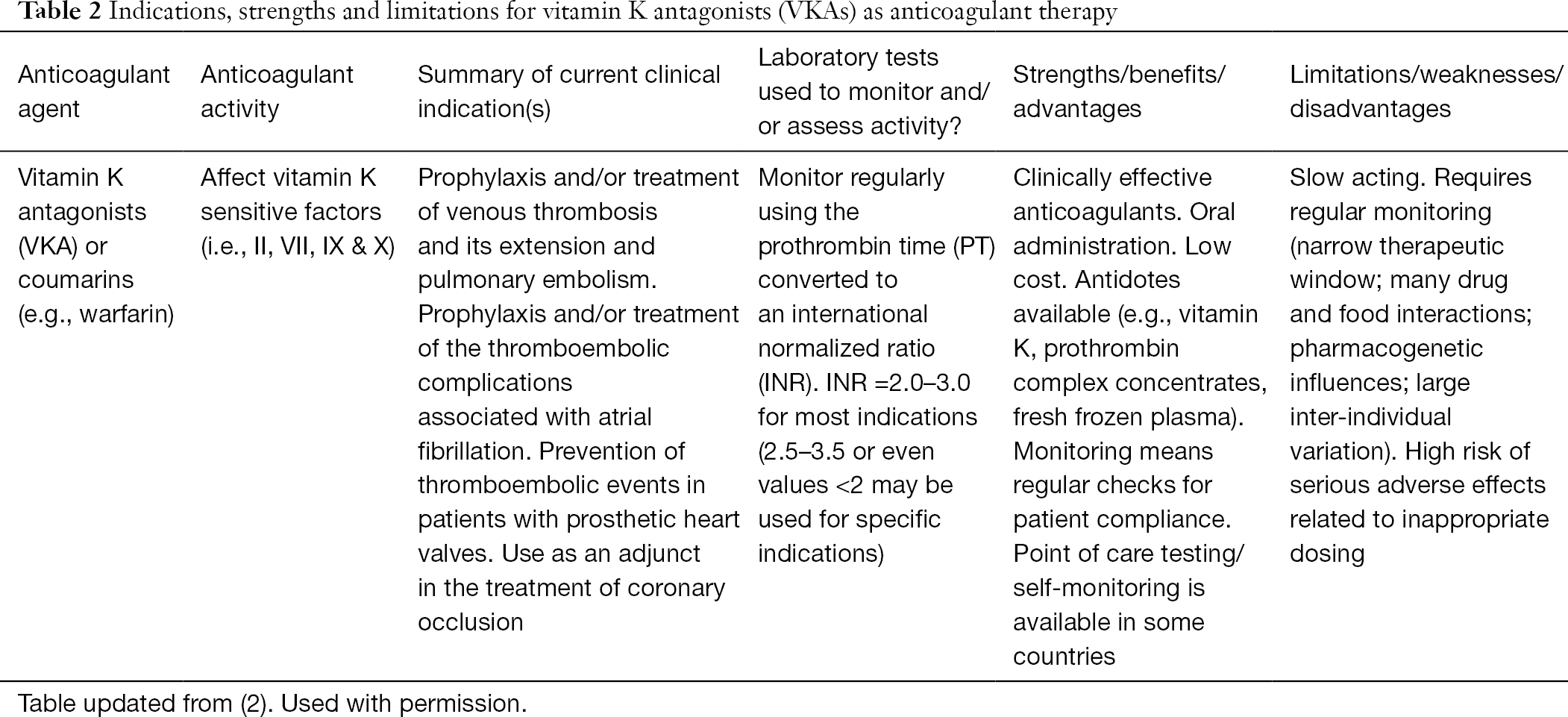


Anticoagulation Therapy In Australia Favaloro Annals Of Blood
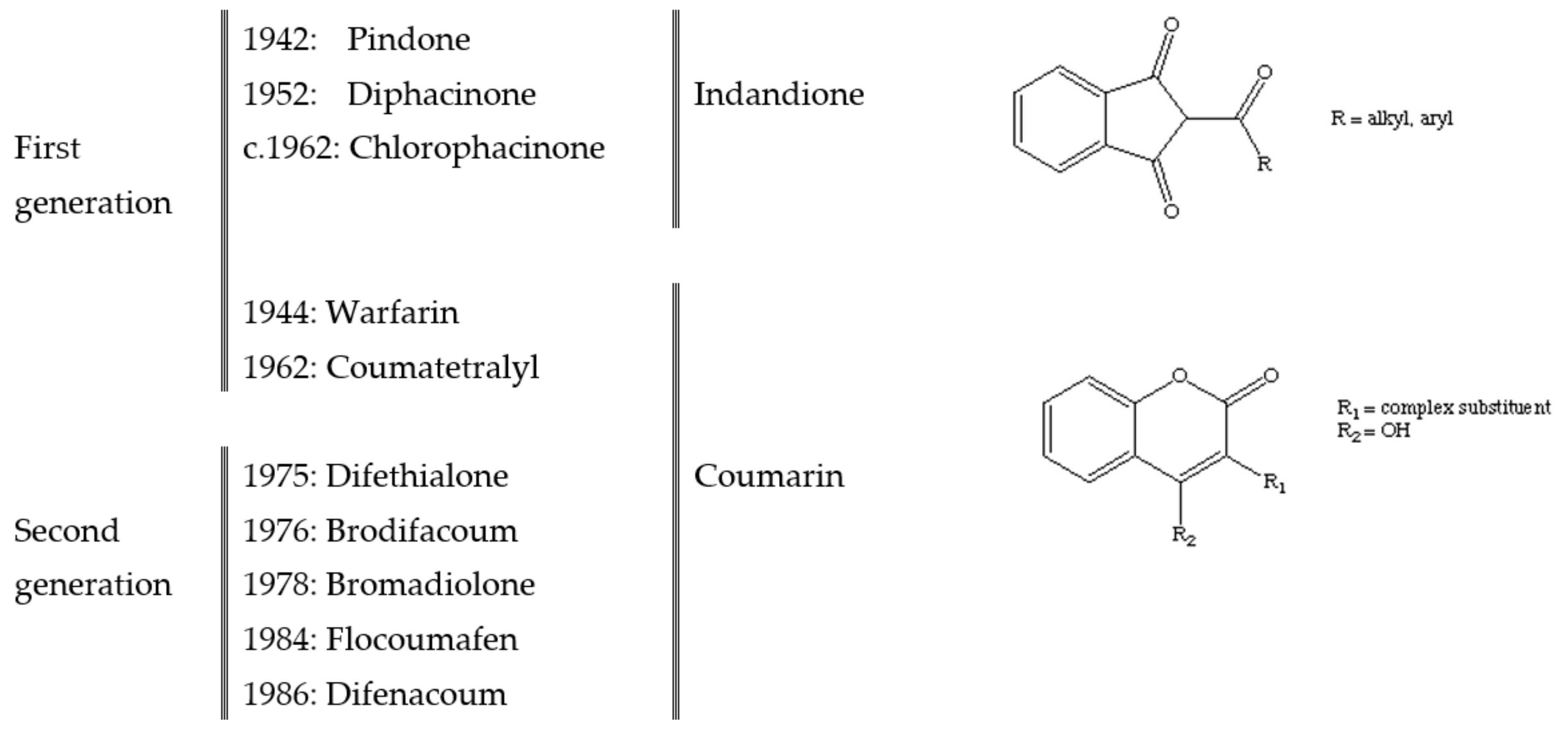


Animals Free Full Text Anticoagulant Rodenticides Islands And Animal Welfare Accountancy
Anticoagulants 1 ANTICOAGULANTS PRESENTER – DRSOWMYASM 2 ANTICOAGULANTS Drugs that help prevent the clotting (coagulation) of blood Coagulation will occur instantaneously once a blood vessel has been severed Blood begins to solidify to prevent excessive blood loss and to prevent invasive substances from entering the bloodstreamHowever, thrombolytic action of an anticoagulant can destroy a clot and thereby improve the condition of the ischemic tissue supplied by the affected vesselAnticoagulant definition is a substance that hinders the clotting of blood blood thinner How to use anticoagulant in a sentence
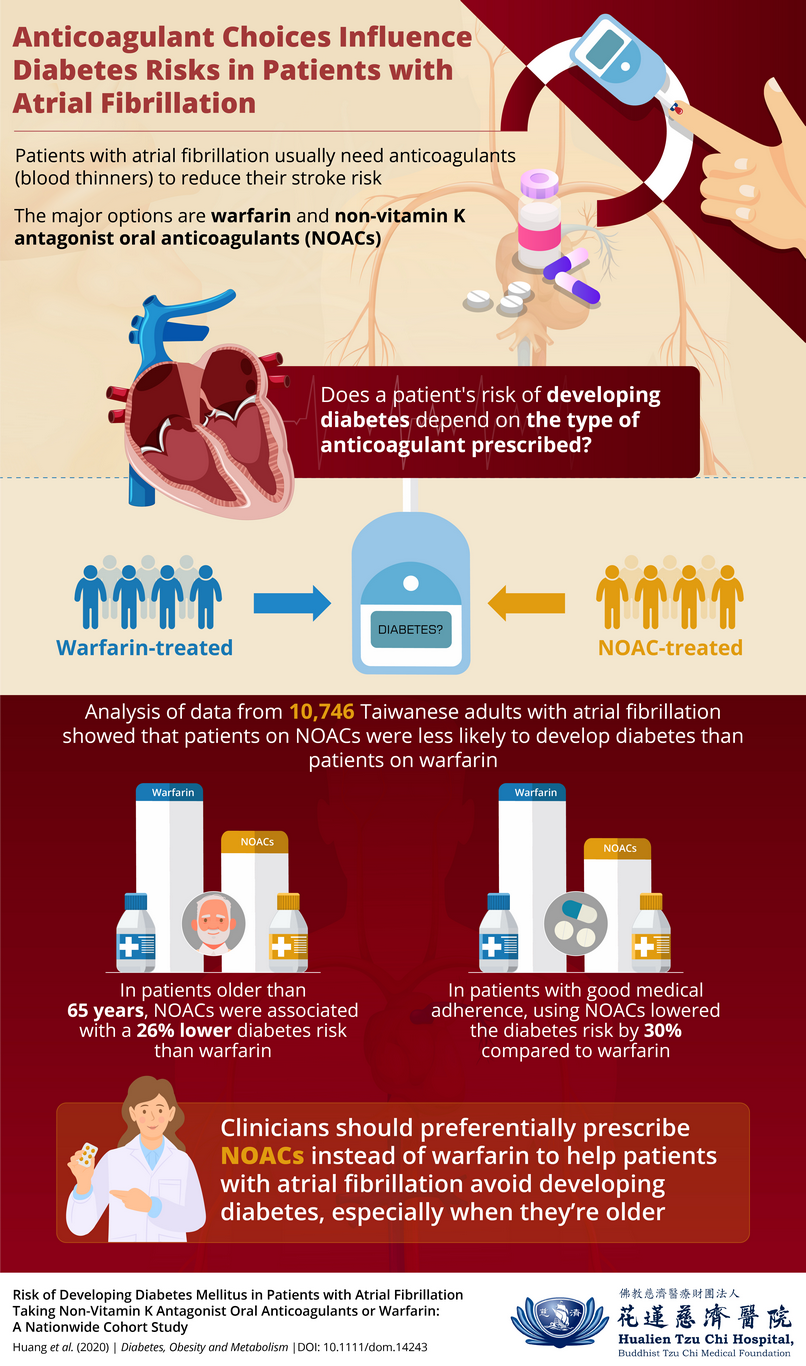


Anticoagulant Choices Influence Diabetes Risks In Patients With Atrial Fibrillation
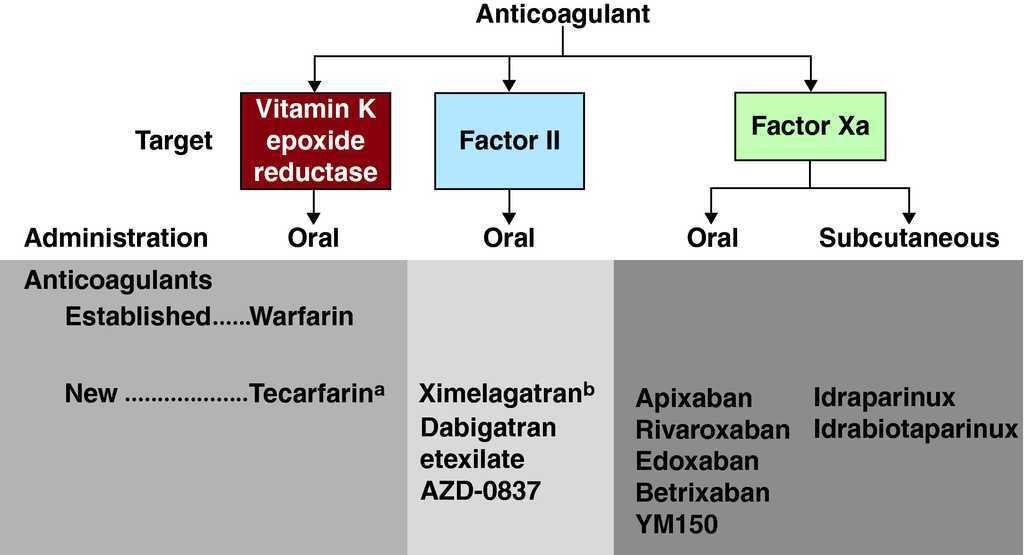


Antiplatelet And Anticoagulant Therapy For Stroke Prevention In Patients With Non Valvular Atrial Fibrillation Evidence Based Strategies And New Developments Revista Espanola De Cardiologia English Edition
The excessive anticoagulant effect of heparin can be corrected by discontinuing the drug If the bleeding persists the administration of protamine sulfate is indicated Warfarin Warfarin is a commonly used anticoagulant with a 100% of bioavailabilityAnticoagulants are medicines that keep your blood from clotting, or turning into solid clumps of cells that stick together Most come in pill formLearn anticoagulant with free interactive flashcards Choose from 500 different sets of anticoagulant flashcards on Quizlet


Difference Between Anticoagulants And Antiplatelets Difference Between



Anticoagulants Hematology Medbullets Step 1
Heparins The heparins are a group of anticoagulants that consist of unfractionated heparin, low molecular weight heparins, and heparinoids Unfractionated heparin (usually just called heparin) needs to be given directly into the blood by intravenous (IV) injection, and inhibits thrombin and factor Xa, factors necessary in the final stages of the blood clotting cascadeIn June 15, UWMedicine Anticoagulation Services posted guidelines for converting from one anticoagulant to another See the recommendations under the new purple tab titled "Anticoagulant Conversions ('Switching')" in the upper right hand corner of the home pageBut the anticoagulant effect of warfarin must be carefully monitored with periodic blood tests If the effect is too small, it will fail to prevent strokes;



Safety Of Direct Oral Anticoagulant Exposure During Pregnancy A Retrospective Cohort Study The Lancet Haematology



Direct Oral Anticoagulants Evidence And Unresolved Issues The Lancet
If the effect is too high, it willAnticoagulant options The anticoagulant warfarin (Coumadin, Jantoven) has been around for decades While the drug is effective, it carries a low but real risk of internal bleeding If the warfarin level in blood is too high, bleeding is more likely to occur If the level is too low, clotting is more likely to occurAnticoagulants are used to treat and prevent blood clots that may occur in your blood vessels Warfarin is the most commonly used anticoagulant



Direct Oral Anticoagulants A Quick Guide Ecr Journal



Management Of Anticoagulant Refractory Thrombotic Antiphospholipid Syndrome The Lancet Haematology
HEPARIN is an anticoagulant It is used to treat or prevent clots in the veins, arteries, lungs, or heart It stops clots from forming or getting bigger This medicine prevents clotting during openheart surgery, dialysis, or in patients who are confined to bed



Tjc Issues Tips For Managing Anticoagulant Risks 19 08 02 Relias Media Continuing Medical Education Publishing



The Newer Anticoagulants And Agents Used For Reversing Their Action Ep Lab Digest



Anticoagulant
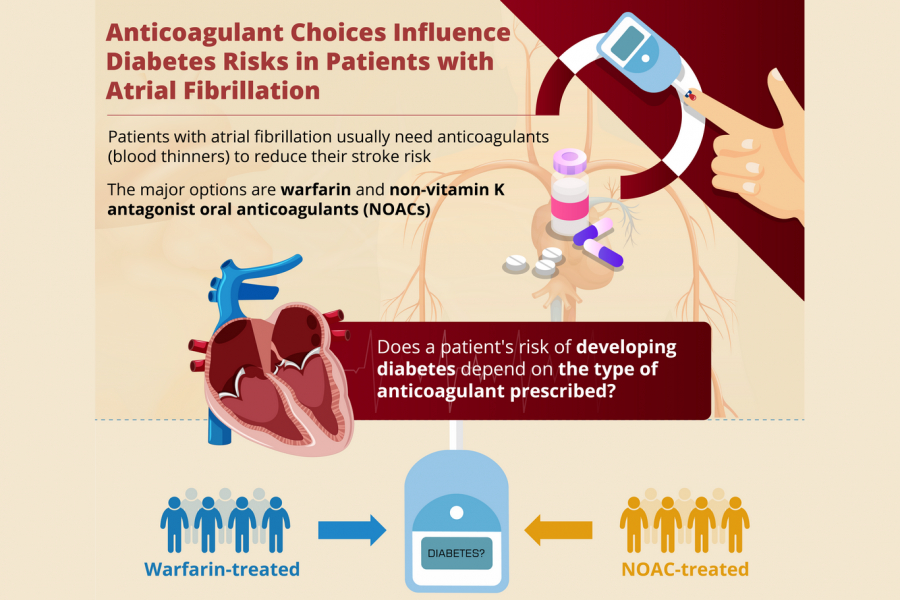


Anticoagulant Choices Influence Diabetes Risks In Patients With Atrial Fibrillation



Self Regulated Hirudin Delivery For Anticoagulant Therapy Science Advances
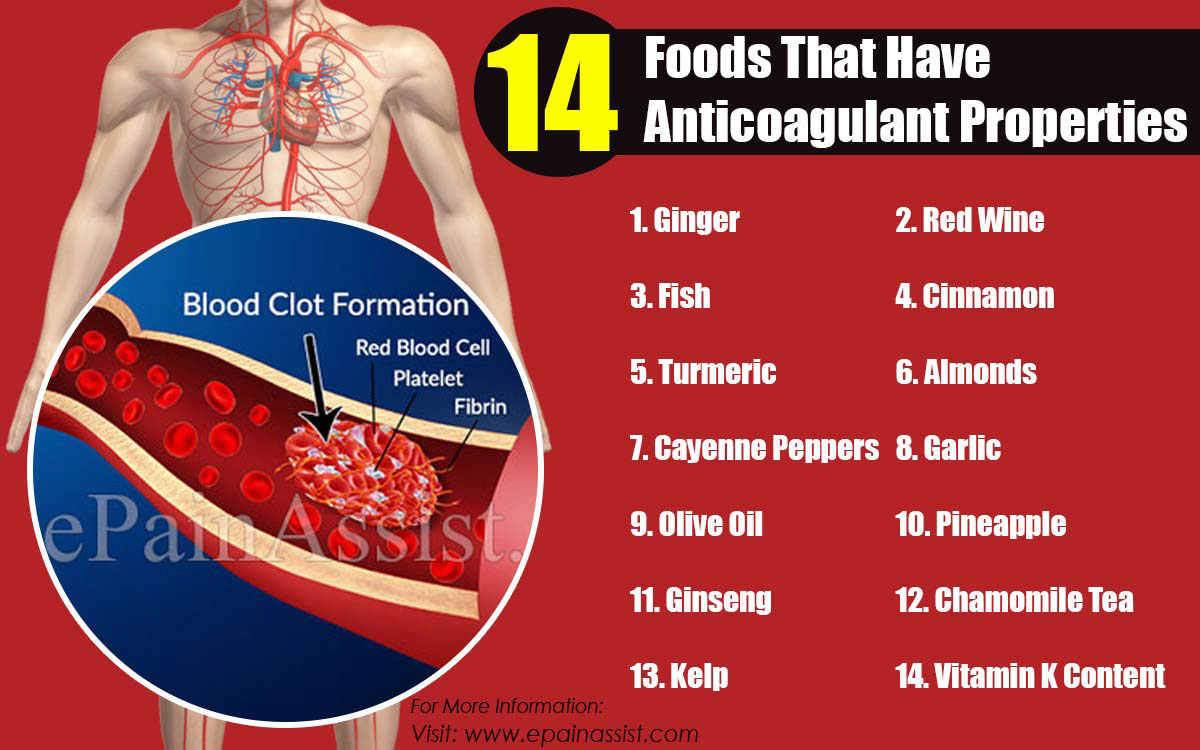


14 Foods That Have Anticoagulant Properties
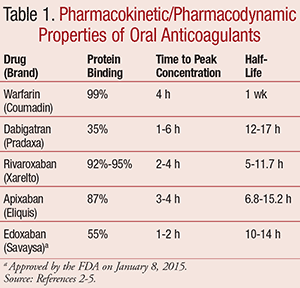


Reversal Of Novel Oral Anticoagulants



How To Manage Bleeding From Oral Anticoagulant Drugs Pulmccm
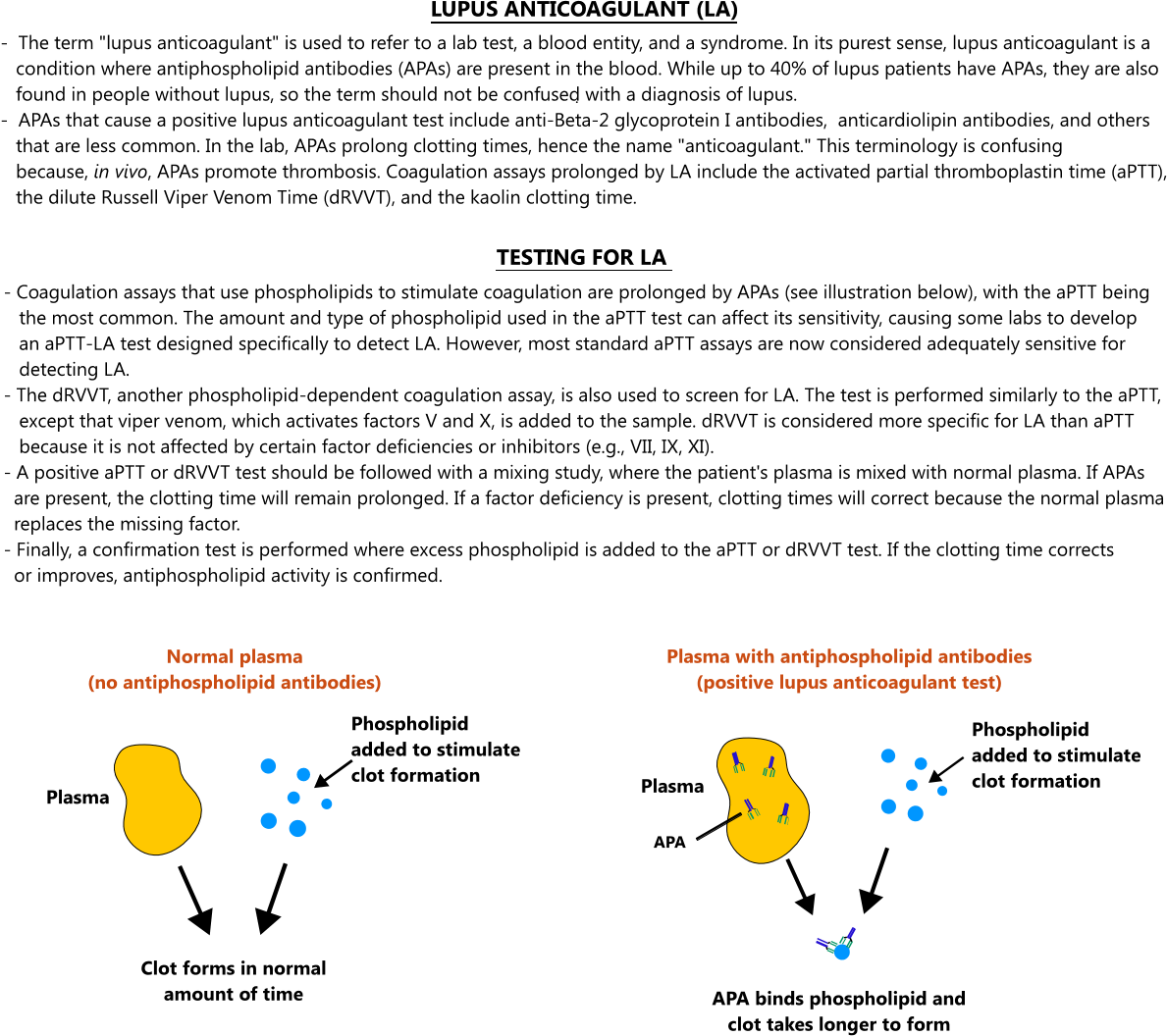


Lupus Anticoagulant



The Risks And Benefits Of Modern Anticoagulant Drugs Spcr



Direct Acting Oral Anticoagulants Practical Considerations For Emergency Medicine Physicians



Anticoagulant Wikipedia



Dr William W Wilson Talk 1 On Novel Oral Anticoagulants Youtube



Anticoagulant Drugs Youtube



Addressing The Need For An Effective Anticoagulant Technology Networks



Management Of Oral Anticoagulants Prior To Emergency Surgery Or With Major Bleeding A Survey Of Perioperative Practices In North America Communication From The Scientific And Standardization Committees On Perioperative And Critical Care
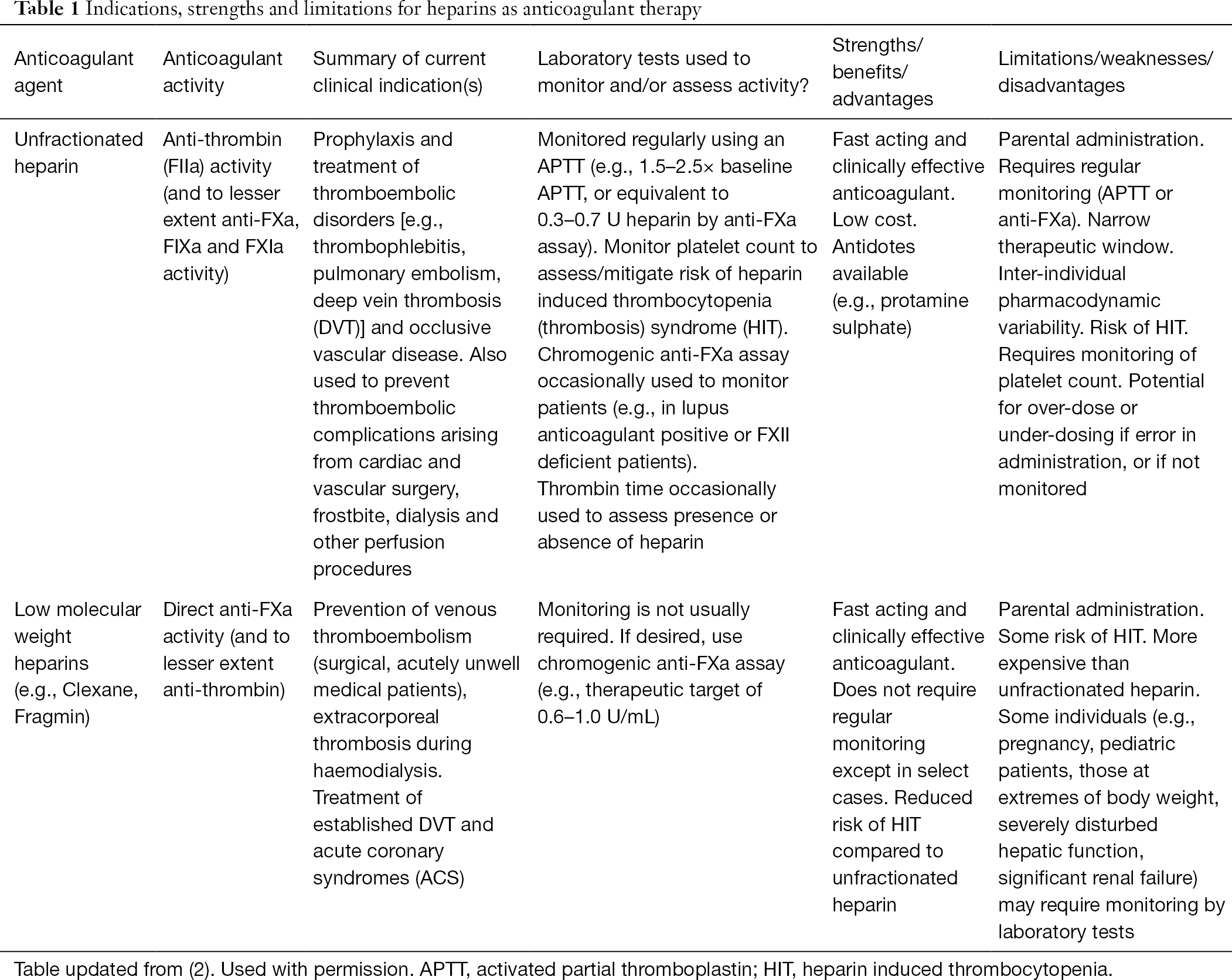


Anticoagulation Therapy In Australia Favaloro Annals Of Blood


Anticoagulants And Antiplatelet Drugs During Cataract Surgery



Coagulation Cascade Anticoagulant Targets Here S Grepmed
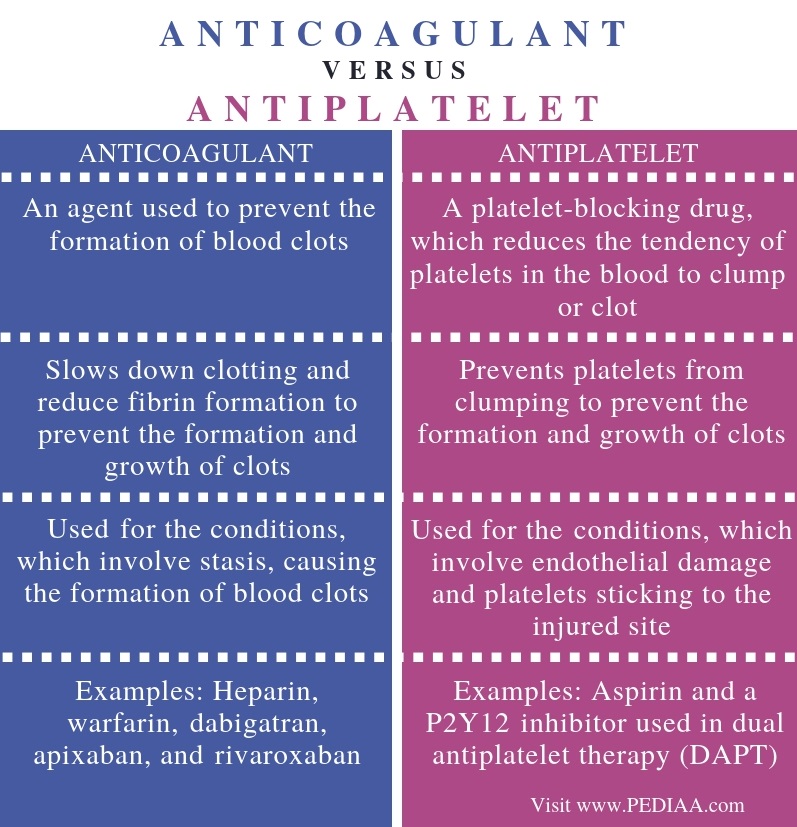


What Is The Difference Between Anticoagulant And Antiplatelet Pediaa Com



Pin On Nclex Study
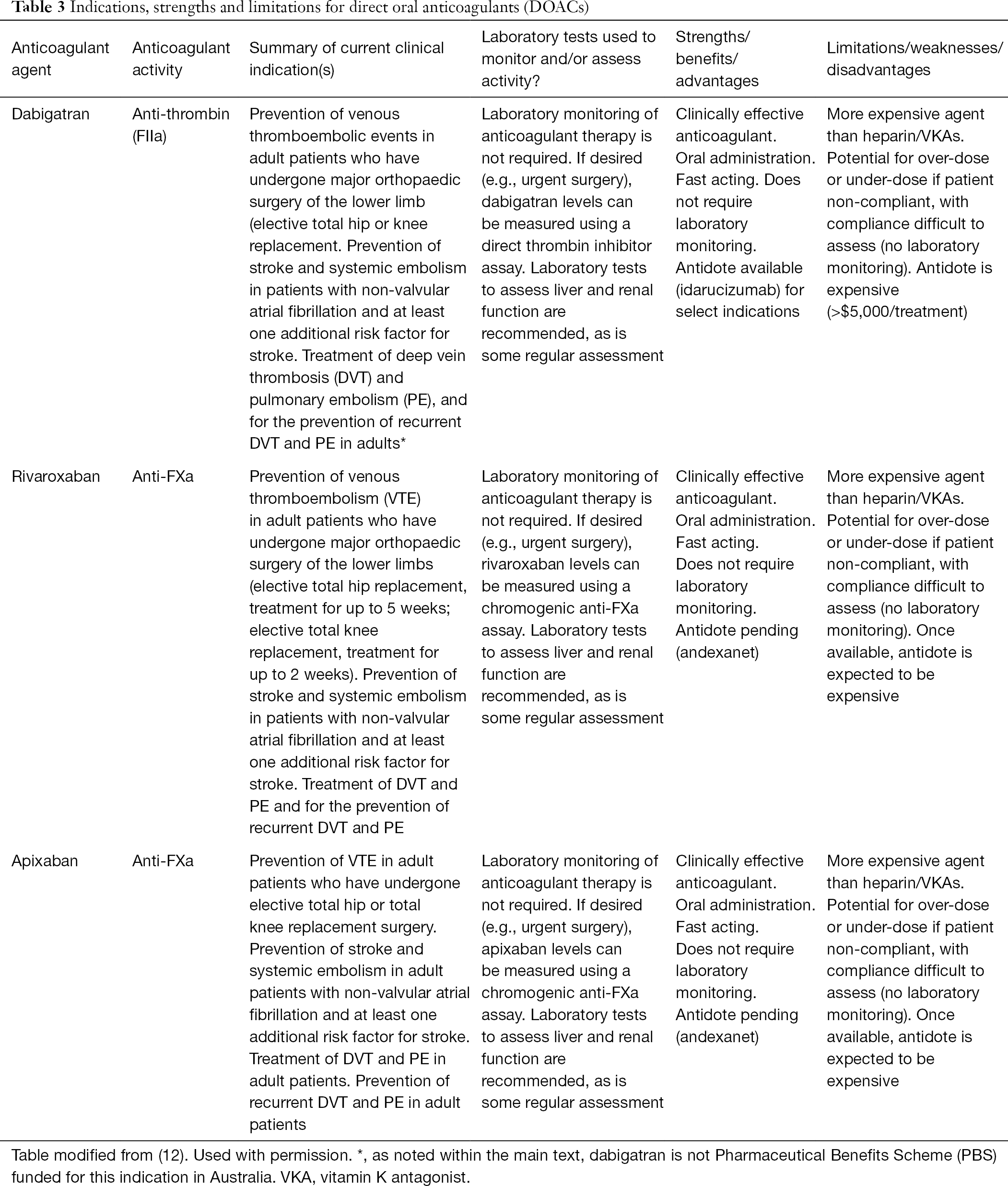


Anticoagulation Therapy In Australia Favaloro Annals Of Blood



Update On The Direct Oral Anticoagulants Doacs Where Are We In The Laboratory Almost Ten Years Later Diapharma



Listen To Your Heart Anticoagulant Use With Pharmacogenomics Lateral Magazine



Oral Anticoagulation For Patients With Atrial Fibrillation On Long Term Dialysis Journal Of The American College Of Cardiology
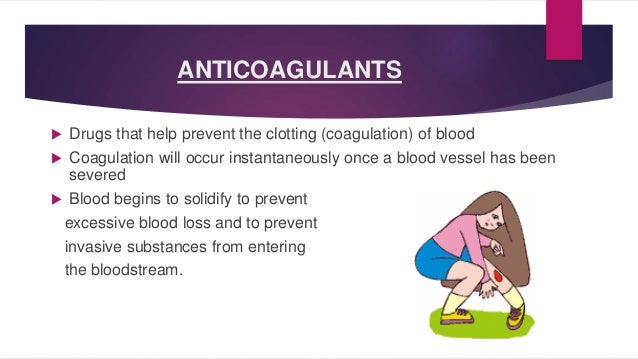


Anticoagulants
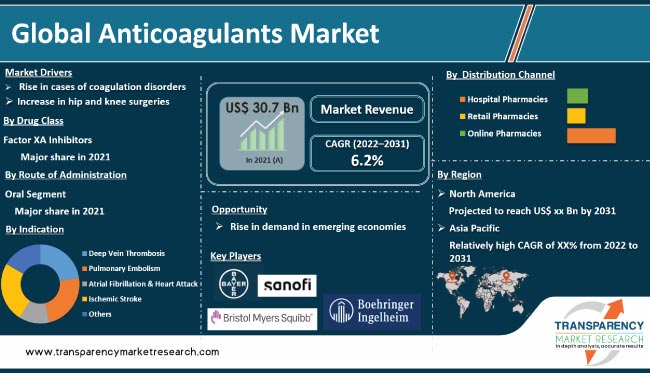


Anticoagulants Market To Reach Us 40 158 4 Mn By 26 Tmr
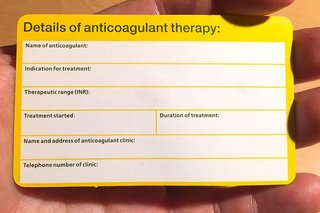


Warfarin A Blood Thinning Medicine To Treat And Prevent Blood Clots Nhs



New Anticoagulants In Combination With Antiplatelet Agents Tidsskrift For Den Norske Legeforening



Mode Of Action Of Anticoagulants Download Scientific Diagram
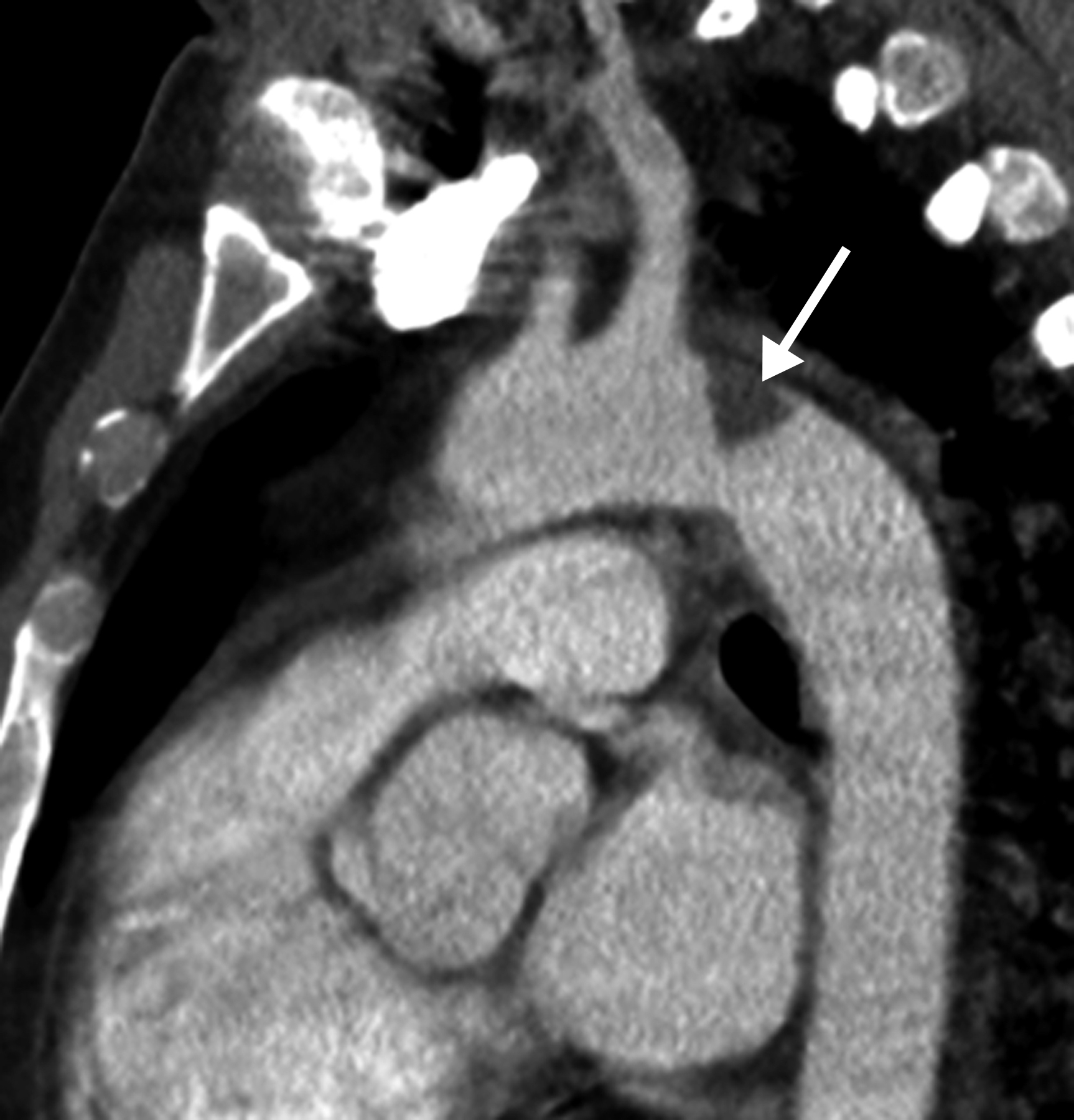


Nih Pauses Anticoagulant Trial For Critically Ill Covid 19 Patients Daic



Recommendations For Use Of Each Class Of Anticoagulant For Treatment Of Download Table
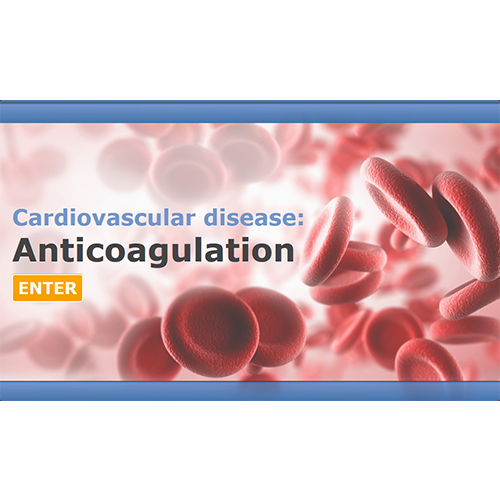


Cardiovascular Disease Anticoagulant Therapy Heiw Pharmacy
/treating-blood-clots-1746090_final-9a9eea79ed4542429fcbd319ba103f7d.jpg)


How Blood Clots Are Treated



New Guidelines And App For Antiplatelet And Anticoagulant Therapy During Interventional Spine And Pain Procedures


Anticoagulant Therapy Suffer No More From Improper Blood Clot Development Vascular Health Clinics Vascular Surgery
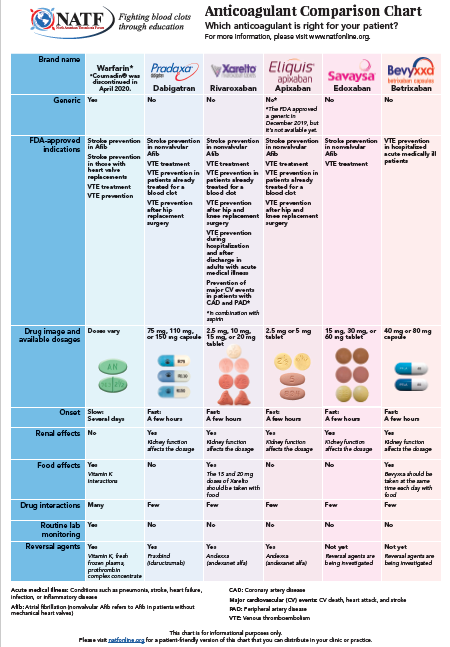


Anticoagulant Comparison Chart North American Thrombosis Forum



Anticoagulant Reversal Drugs Market To Expand At A Cagr Of 15 6 From 18 To 26 Tmr



How Anticoagulants Work Sciencedirect


Reversal Of Anticoagulation In The Emergency Department Department Of Emergency Medicine Saint John



Pharmacology Anticoagulants And Antiplatelet Drugs From A To Z Youtube
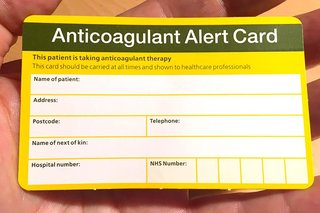


Warfarin A Blood Thinning Medicine To Treat And Prevent Blood Clots Nhs
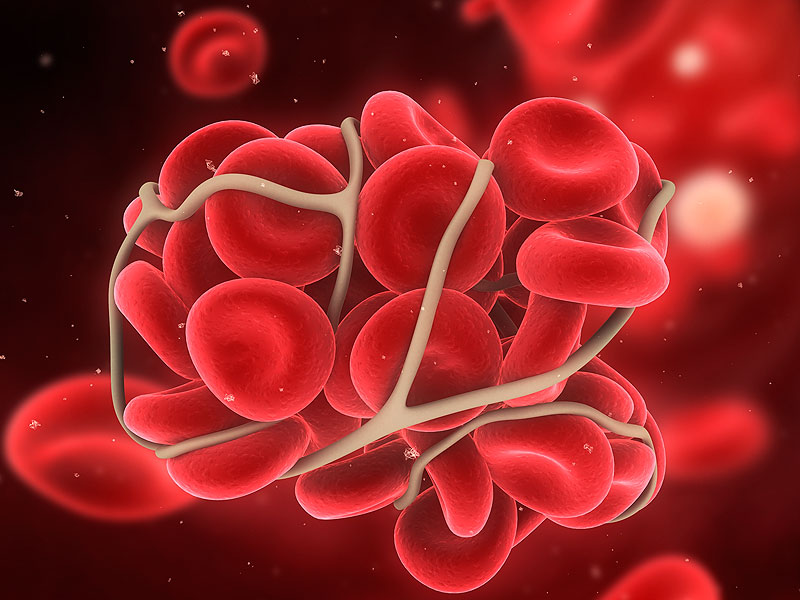


New Anticoagulant Drugs To Revolutionize Atrial Fibrillation Cardiology



Perioperative Management Of Oral Anticoagulation Bja Education
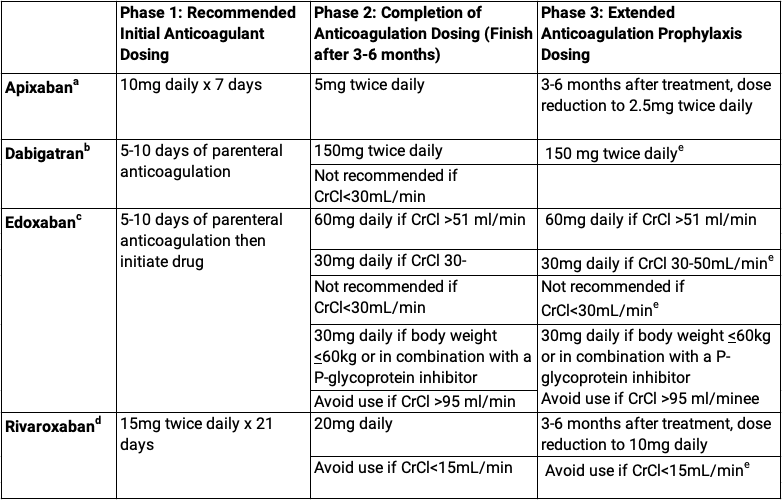


Direct Oral Anticoagulants Are High Risk Medications With Potentially Complex Dosing Psnet



Anticoagulant Therapy Using Classical Anticoagulants A Comparative Download Table



New Anticoagulants Circulation



Anticoagulants Market Size Share Industry Growth And Trends 25



Nonrecommended Doses Of Direct Oral Anticoagulants May Raise Mortality Risk



Laboratory Assessment Of The Anticoagulant Activity Of Direct Oral Anticoagulants Chest



Anticoagulant Related Nephropathy In Kidney Biopsy A Single Center Report Of 41 Cases Kidney Medicine
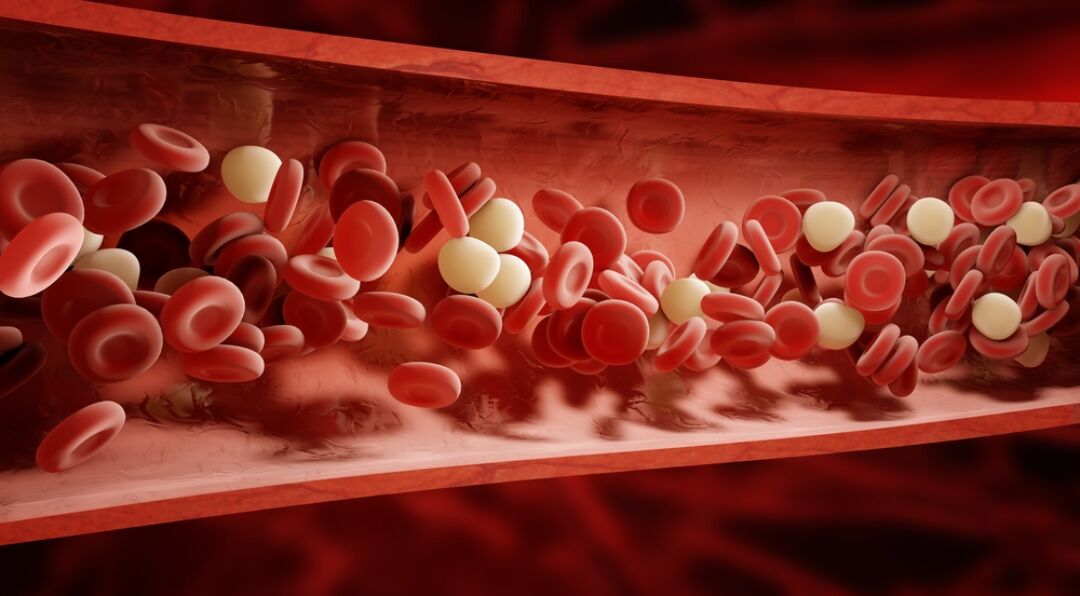


Anticoagulants Nps Medicinewise



Biochemistry Class Notes Anticoagulants And Preservatives For Blood
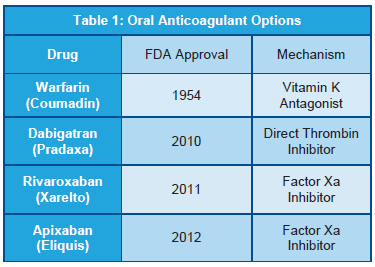


New Oral Anticoagulants An Economic Analysis Lecom
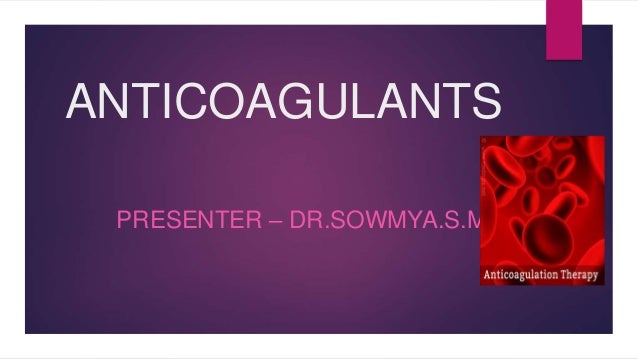


Anticoagulants



Anticoagulation Updated Guidelines For Outpatient Management American Family Physician



Oral Anticoagulant Therapy Chest
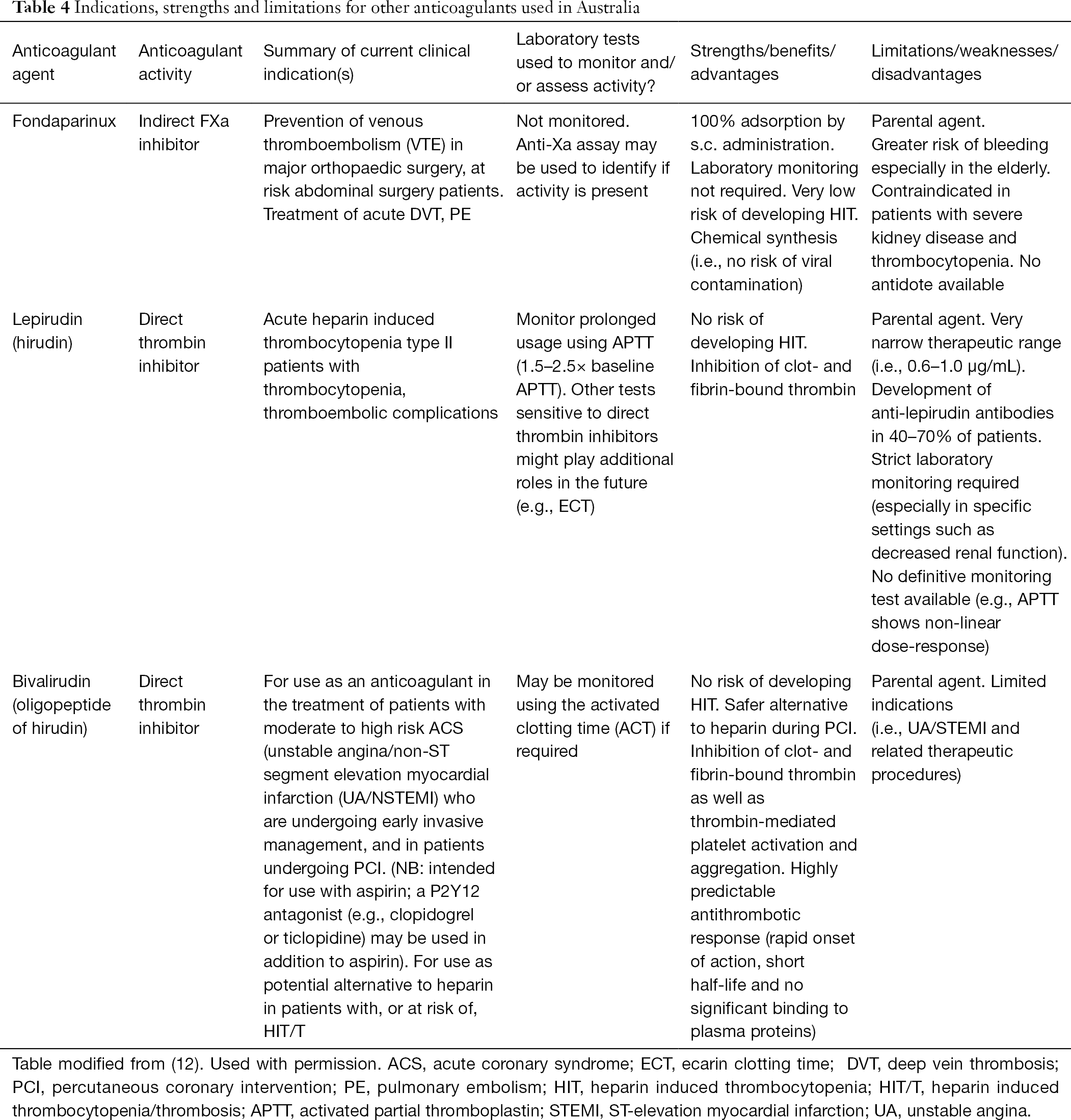


Anticoagulation Therapy In Australia Favaloro Annals Of Blood



Effects Of Multiple Anticoagulant Medications On The Coagulation Cascade Download Scientific Diagram
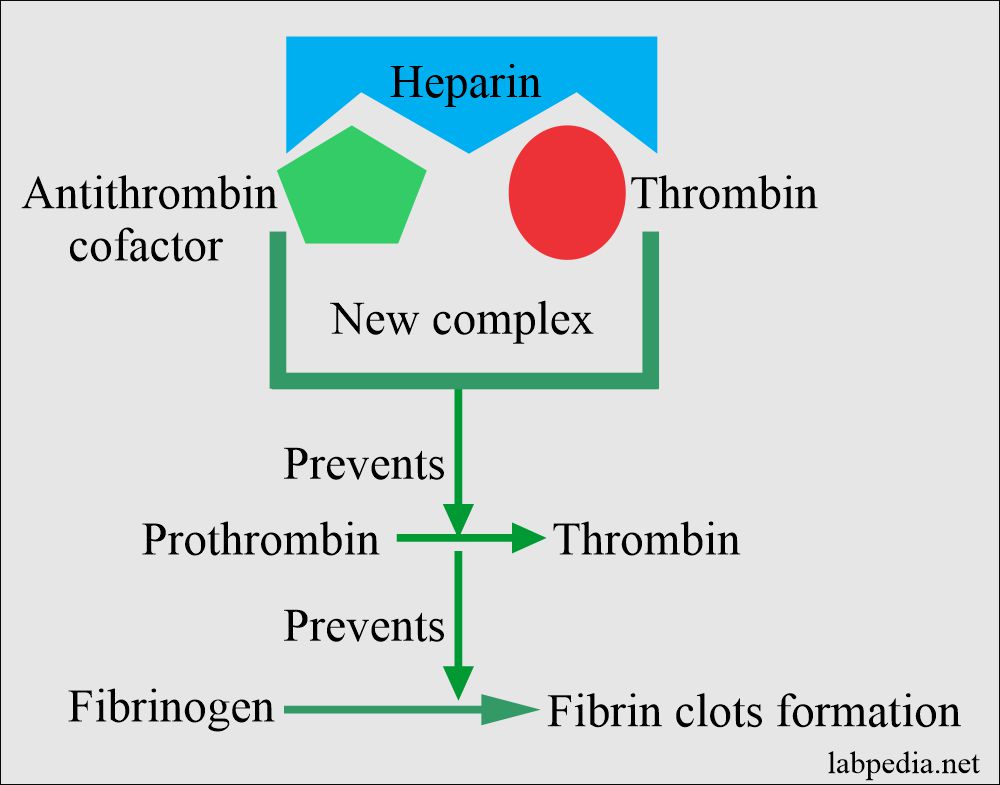


Blood Sample Part 6 Anticoagulants Preservatives Blood Sample Types Adverse Effects Of Additives Labpedia Net



Update On The Direct Oral Anticoagulants Doacs Where Are We In The Laboratory Almost Ten Years Later Diapharma
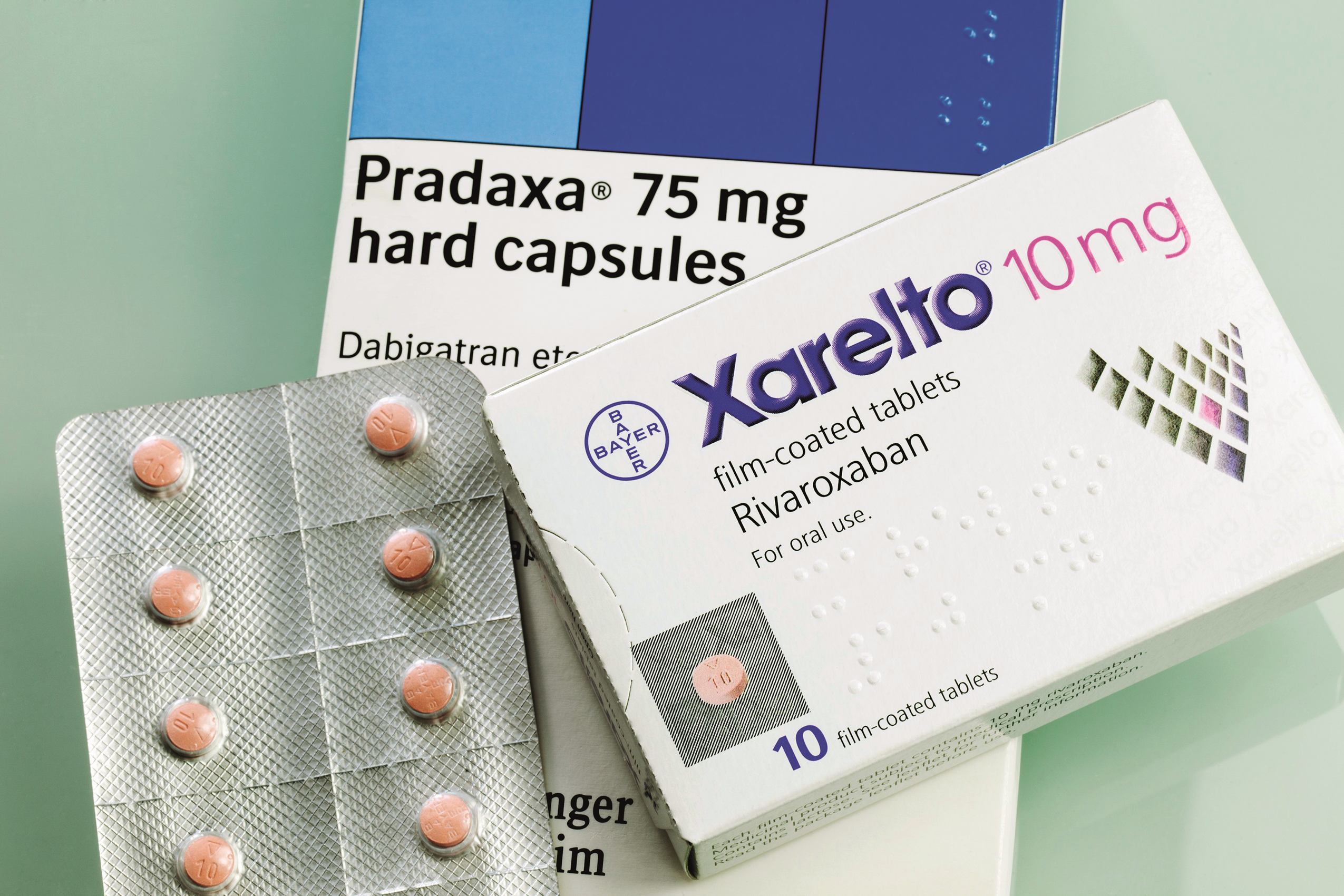


Safety Issues Highlighted With Newer Oral Anticoagulant Drugs The Pharmaceutical Journal



Properties Of Oral Anticoagulants Download Table
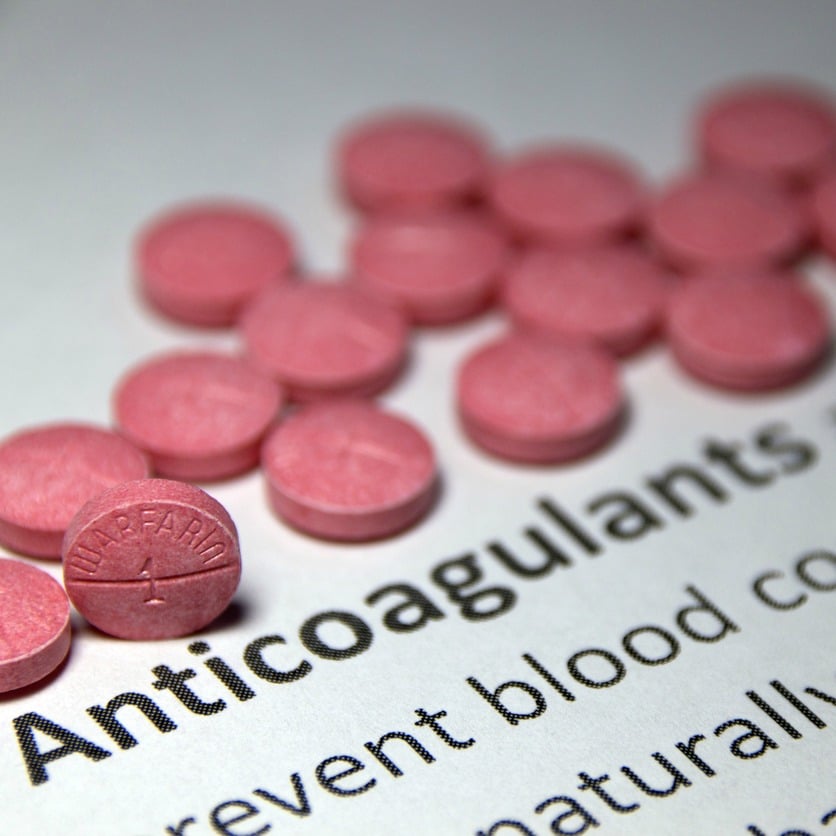


Managing Anticoagulants Before During And After Medical Procedures Blood Clots
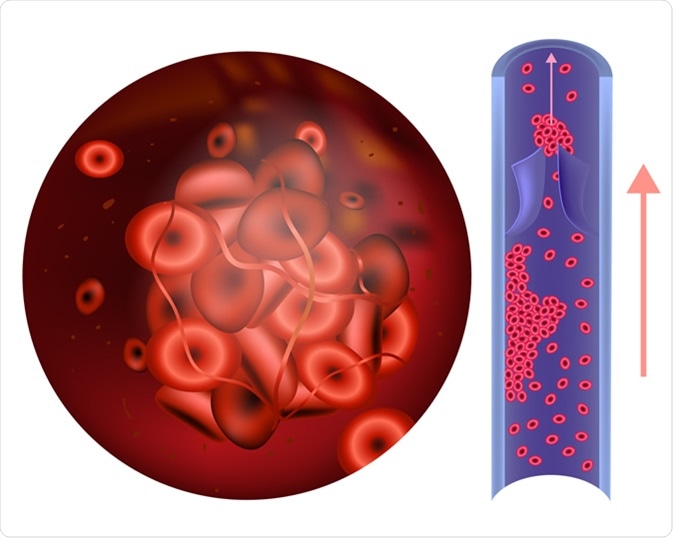


Anticoagulant Food Drug Interactions



Classification Of Anticoagulant Drugs Examples Of Specific Drugs Are Download Scientific Diagram



Anticoagulation Therapy Joe F Lau Springer
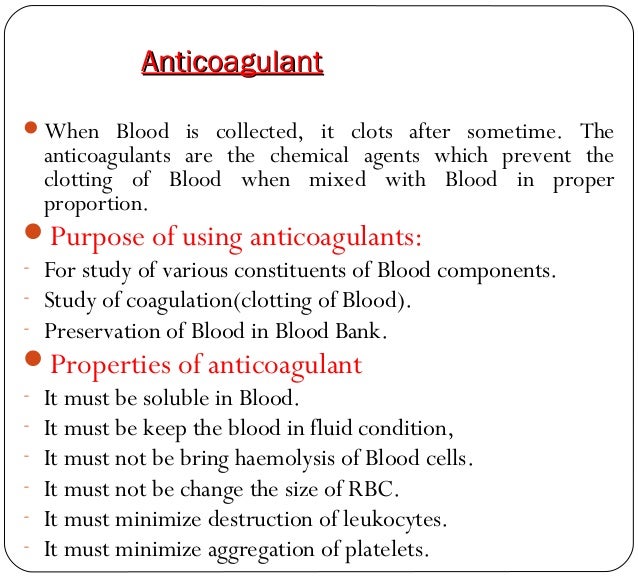


Anticoagulant



Anticoagulants Antiplatelets Lec 29 Kaiser Cv Pharmacology Flashcards Quizlet
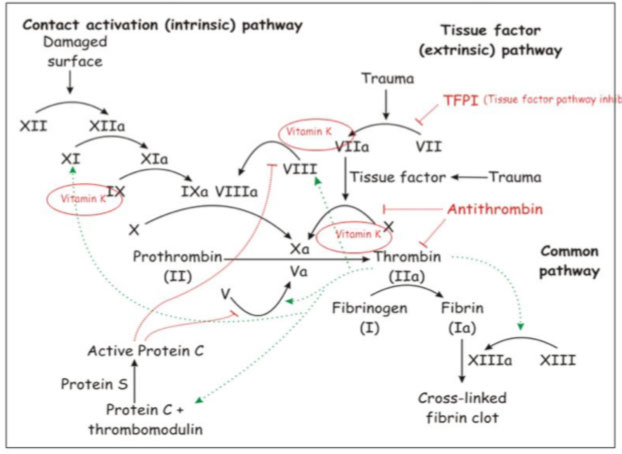


Anticoagulant Drugs Af Ablation
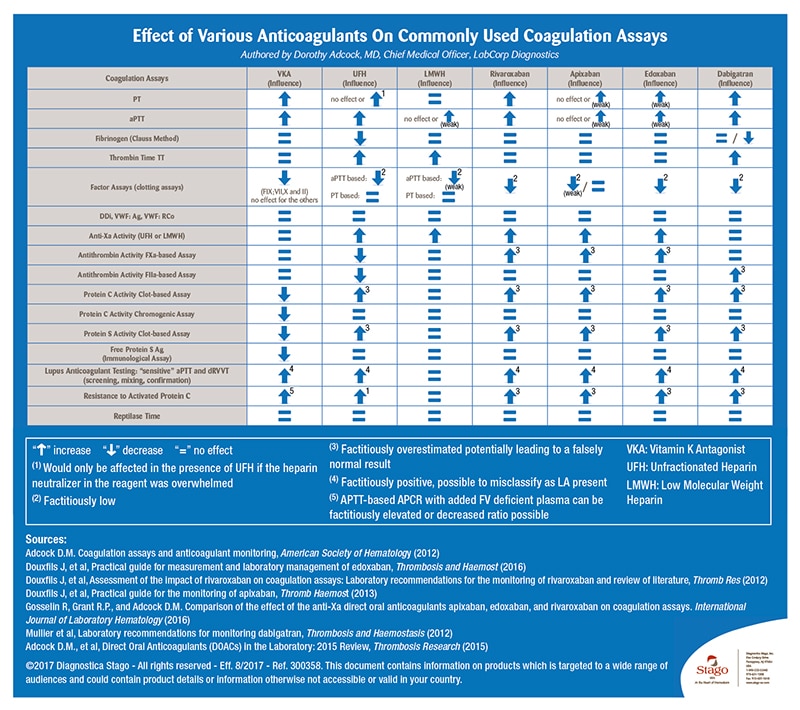


Hemostasis Testing What Is The Impact Of Direct Oral Anticoagulants Cap Today



Laboratory Testing For Lupus Anticoagulant La In Patients Taking Direct Oral Anticoagulants Doacs Potential For False Positives And False Negatives Pathology
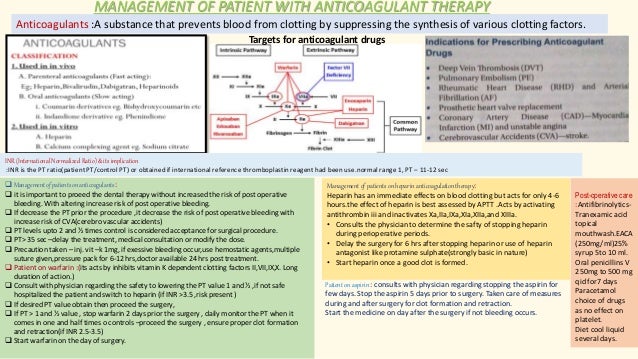


Management Of Patient With Anticoagulant Therapy
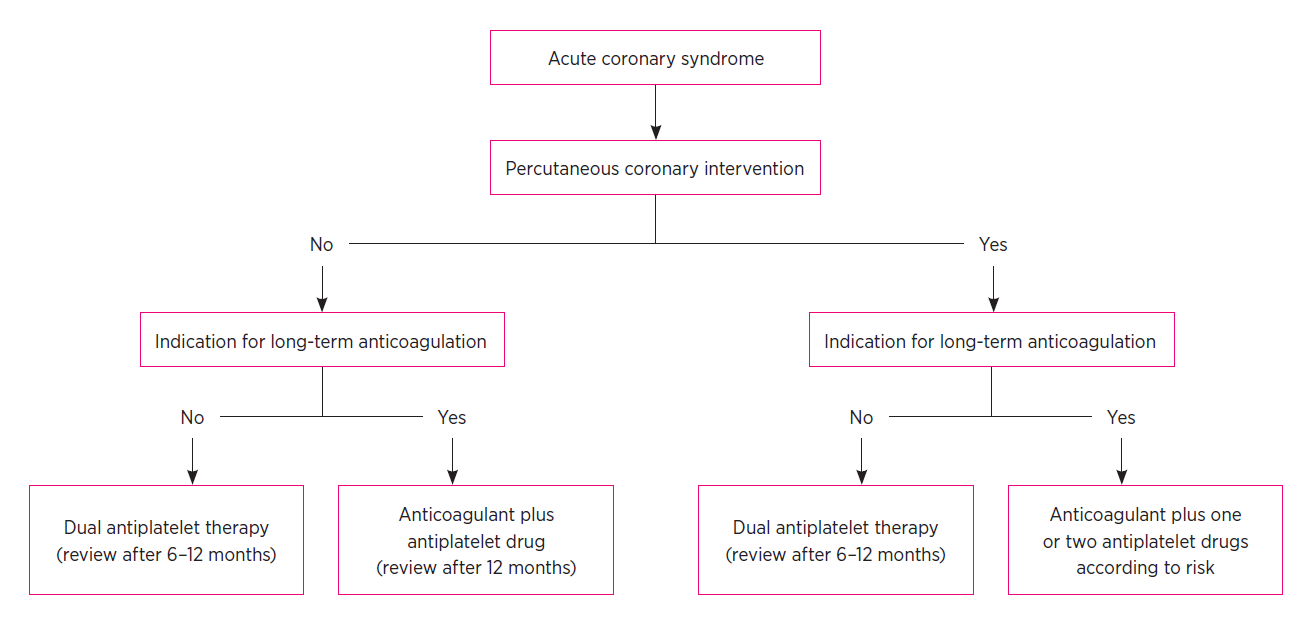


Combining Anticoagulation And Antiplatelet Drugs In Coronary Artery Disease Australian Prescriber


コメント
コメントを投稿